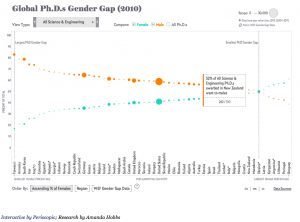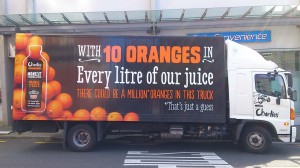Stealth advertising survey
Stuff has a story that at first glance seems to be about baldness:
There are more men suffering hair loss in Auckland than anywhere in the country, with 42 per cent of those who live in the Super City thinning or completely bald.
In contrast, the hairiest region is Canterbury, where men are more rugged and sport glowing locks. Just 27 per cent of Canterbury men admit to suffering any hair loss.
We aren’t told the sample size or margin of error — if the survey was of 1000 people, you’d expect to get that sort of variation between the highest and lowest regions by chance.
I haven’t been able to find any more detailed results anywhere, but the important part of the story is actually in the next sentence
The headlining Colmar Brunton poll, commissioned by SRS Hair Clinic and released this week, surveyed men aged between 25 and 50.
That is, the point of this survey is to advertise a hair clinic (which sells a hair tonic that claims 100% Natural Ingredients and Zero Side Effects)

